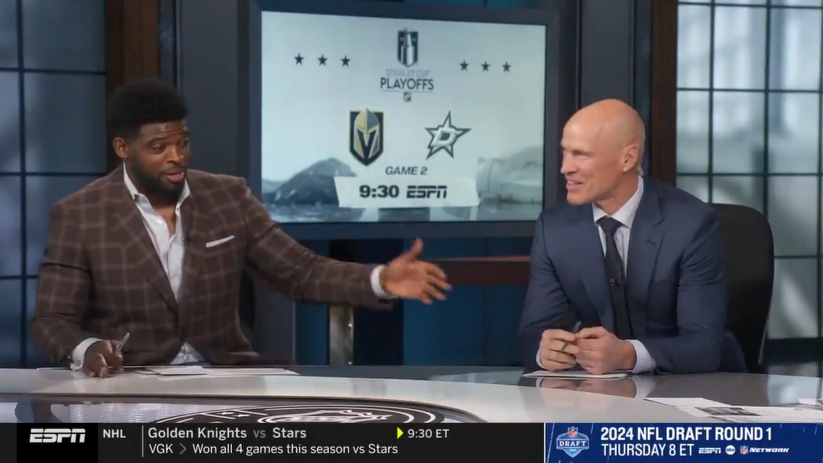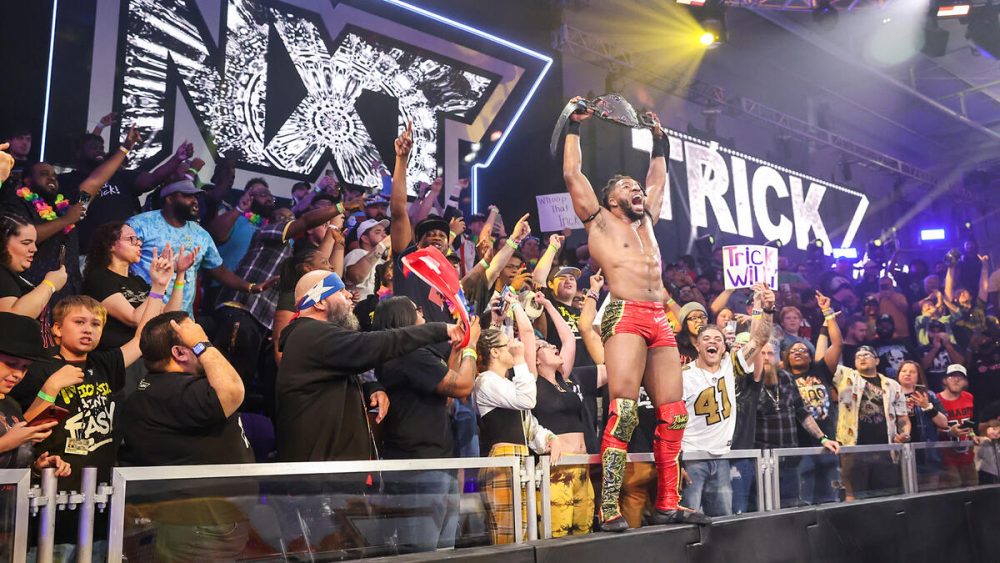Everyone involved with the presentation of Major League Baseball is focused on improving the pace of play.
Baseball has seen ratings decline while the sport seemingly morphs into a regional affair. That can be a viable model, and indeed has proven to be one for MLB over the past decade or so. That doesn’t mean the sport shouldn’t strive for improvement, or perhaps work to protect itself from further viewership erosion.
And that’s where pace of play enters the picture. Baseball is never going to be a fast-paced sport. The rules and rhythms are such that the constant motion or action, a la basketball or soccer, is never going to be possible. And while football has a few similar issues (hello, constant post-kick commercials!) the on-field action occurs at more predictable interviews, and the game itself does feature more inherent activity once the ball is live.
Rob Manfred is looking for ways to improve things, and as he recently told Forbes, one of those options is shortening commercial breaks:
“I fully agree with the idea of examining our commercial load in our broadcasts and is something that we should be doing,” Manfred said. “There are contractual limitations on when we can do this; we have existing commitments. But, that certainly should be an issue we look at, as well.”
Manfred also noted that at least one owner has expressed a similar interest:
“I can just speak for myself,” (Red Sox chairman Tom) Werner said right as Spring Training was getting underway in February, “I think that is a good idea.”
While it’s hard to imagine anyone being against shorter commercial breaks, aside from the television networks themselves, this entire discussion feels a bit misguided. None of these changes are going to do anything beyond shaving a few minutes from the broadcast.
Manfred himself acknowledges that these moves are more about making the game feel faster, whether or not it actually is faster:
“Whether it’s a 2 hour and 15 minute game or a game that goes an hour longer, we’re focused on eliminating dead time. Those dead periods are not healthy and that’s the ‘pace’ piece of it,” he said.
That’s a healthy perspective on the sport, of course, and again there’s nothing wrong with tightening up the flow of the game, especially if it can be accomplished without altering the nature of the sport itself. The sport recently eliminated the need to throw four balls for an intentional walk for similar reasons.
Would networks actually allow for shorter commercial breaks? There are already massive television deals in place for a variety of MLB teams, and it’s hard to fathom any push for less ad space would go over well at first. But if a change would improve the ratings, especially among younger viewers (the demographic MLB is targeting with these moves), the tradeoff could be worth it.
It’s also easy to imagine a few different ways to make up the lost time, most of involve things like sponsored innings or more ad-reads during live action.
Whether or not any of these changes will pay long-term dividends for the sport, it’s at least somewhat comforting that the league is attempting to be proactive to address a weakness, perceived or otherwise.
[Forbes]







